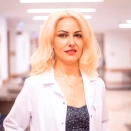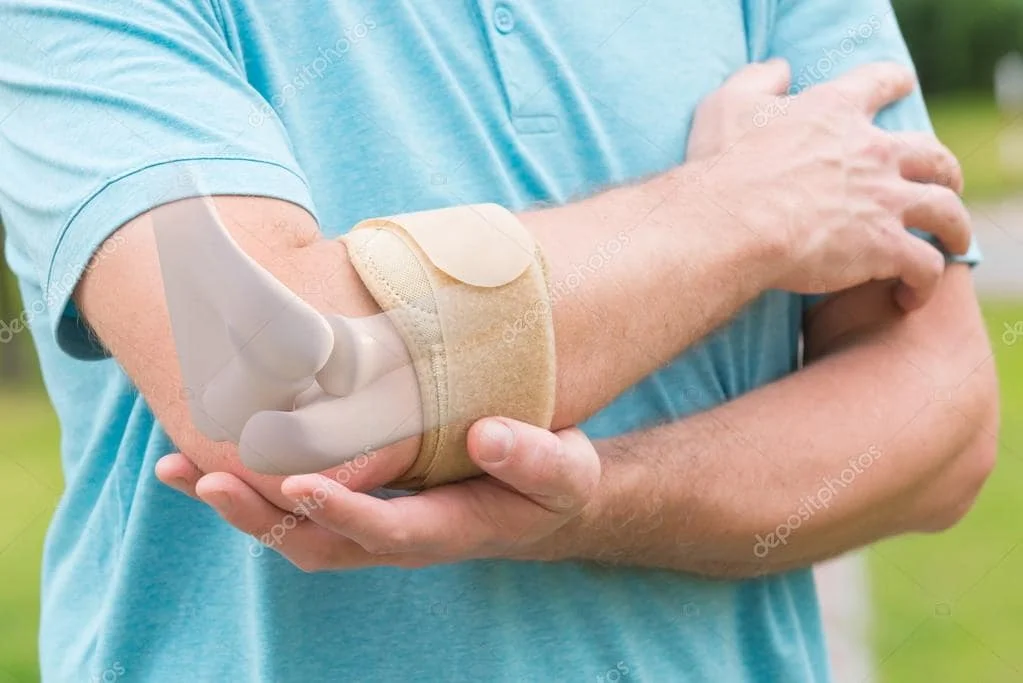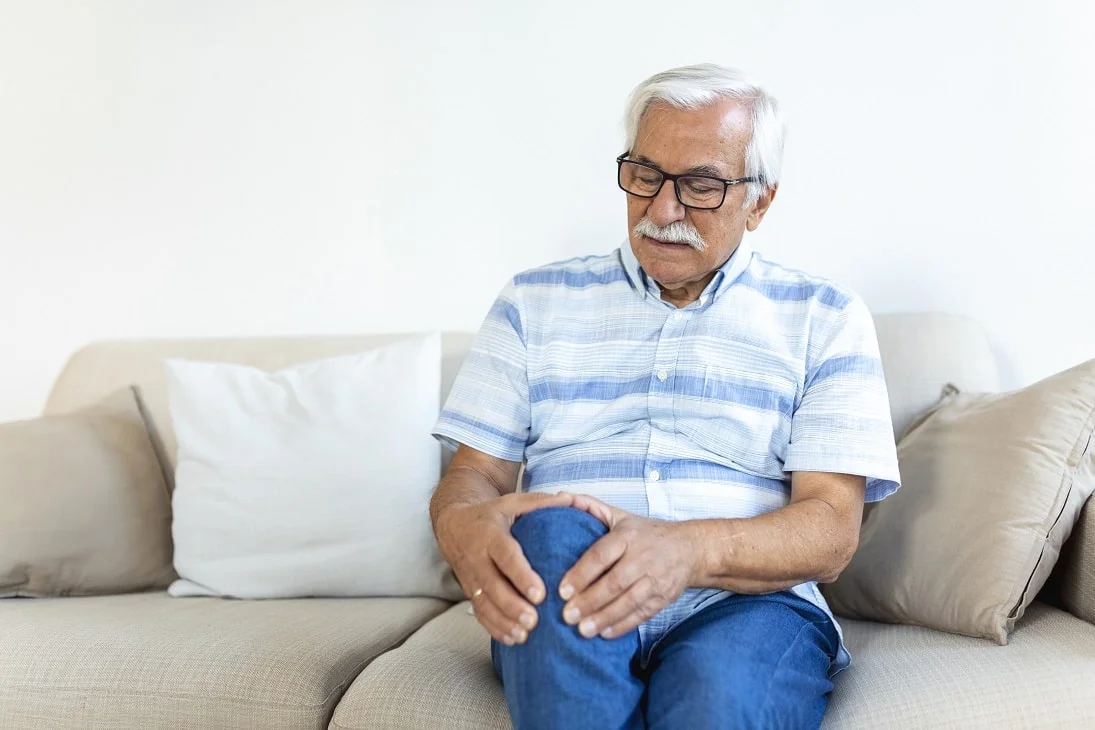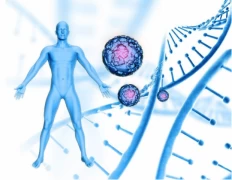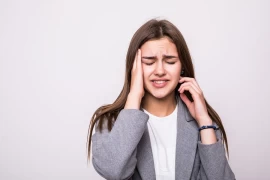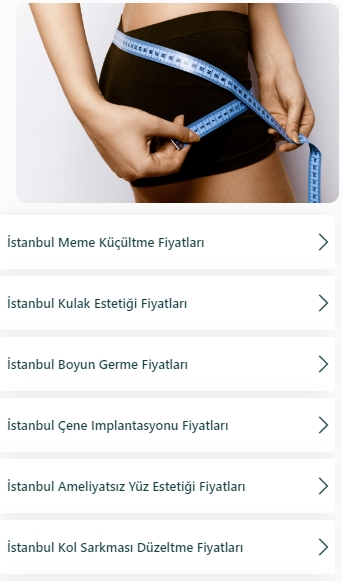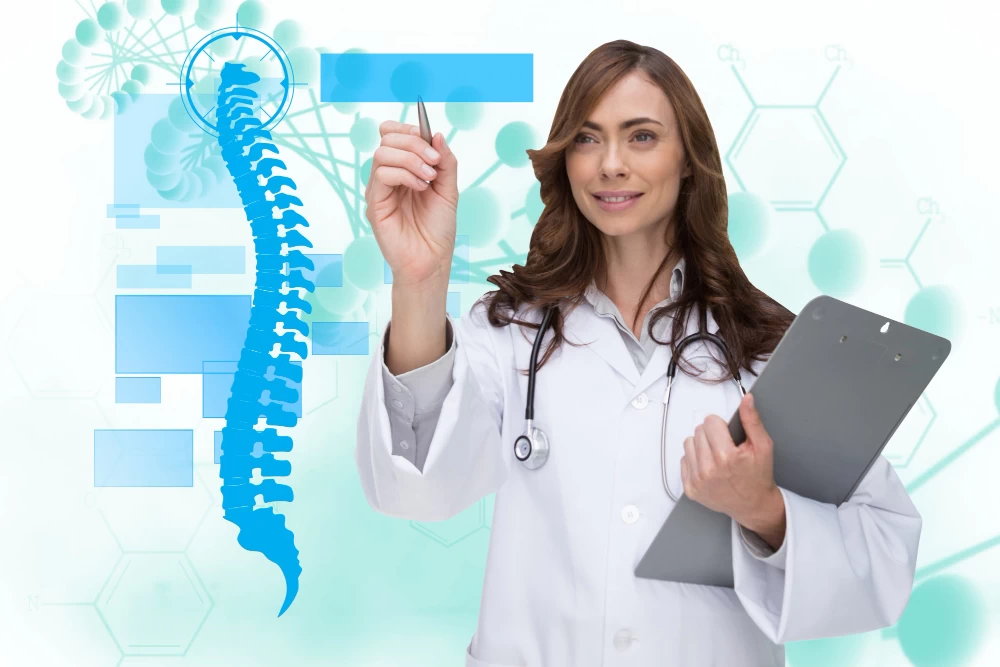
The Role of Physical Therapy and Rehabilitation in the Fight Against Scoliosis
- The Role of Physical Therapy and Rehabilitation in the Fight Against Scoliosis
- What is Scoliosis?
- What are the Types of Scoliosis?
- What are the Symptoms of Scoliosis?
- How is Scoliosis Diagnosed?
- Scoliosis Treatment Methods
- Osteopathy Applications in Scoliosis Treatment
- Manual Therapy Applications in Scoliosis Treatment
- The Importance of Rehabilitation in Scoliosis Treatment
- Prolotherapy Applications in Correcting Spinal Curvatures
- Conclusion
Hello. Today, I would like to share some information about scoliosis from the perspective of a Physical Therapy and Rehabilitation specialist. Scoliosis, which occurs as a result of postural disorders, is seen in 2-3% of the general population. It is more common in girls than boys.
What is Scoliosis?
Scoliosis is a condition where the spine curves sideways, while typically, the spine should form a straight line in the front-back plane. However, in scoliosis, the spine curves sideways in an "S" or "C" shape. This curvature disrupts the normal anatomical posture of the spine and sometimes causes visible asymmetry.
What are the Types of Scoliosis?
- Idiopathic Scoliosis: The most common type of scoliosis with an unknown cause.
- Congenital Scoliosis: Scoliosis that occurs due to structural disorders of the spine present from birth.
- Neuromuscular Scoliosis: Scoliosis that develops due to nerve and muscle diseases.
What are the Symptoms of Scoliosis?
- Asymmetry in both shoulder blades
- Asymmetry in both breasts
- Asymmetry in the shoulder tips
- Asymmetry in the rib and waist indentations
- Asymmetry between the shoulders and hips
- Noticeable curvature in the back or waist
- Back pain (especially in advanced stages)
- Noticeable changes in body posture
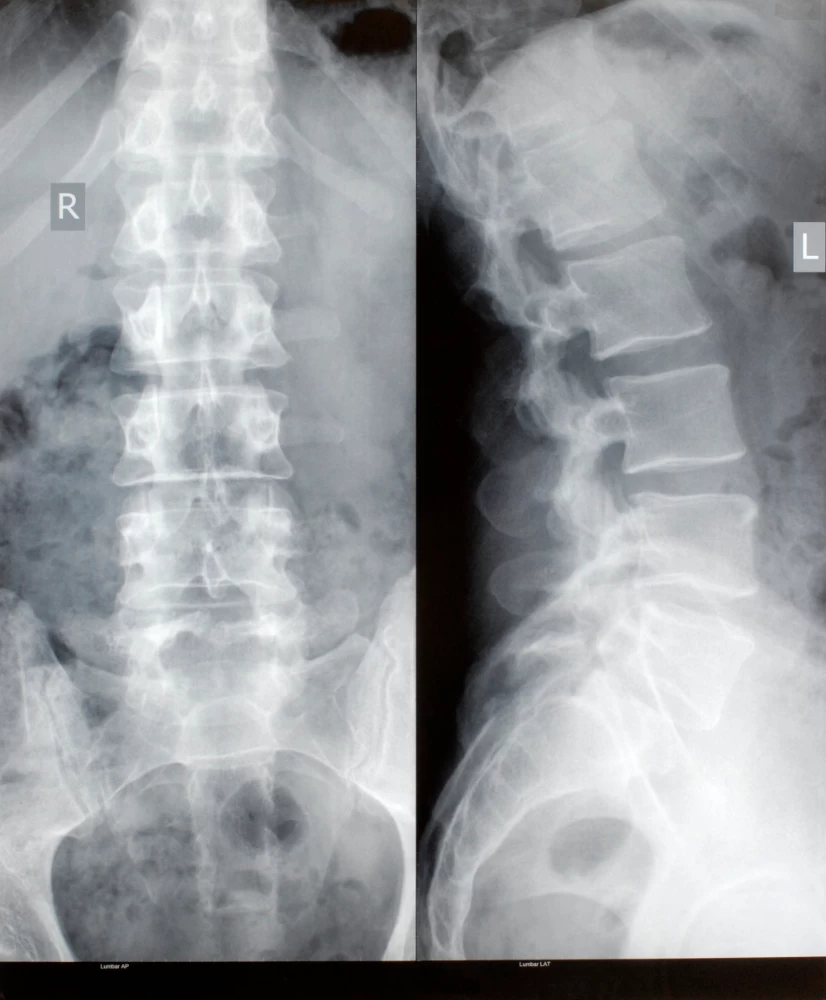
How is Scoliosis Diagnosed?
We diagnose scoliosis using several different methods and tests. The general stages of the diagnosis process are as follows:
- Physical Examination: Physical examination is often the first stage where scoliosis is detected. During the examination, we inspect the patient's back, shoulders, hips, and legs to check for any asymmetry in posture.
- Curvature Tests:
- Adams Forward Bend Test: In this test, we observe whether the spine has any curvature while the patient bends forward.
- Use of Scoliometer: A scoliometer is a device that measures the degree of curvature. Using this device, we determine the degree of the curvature.
- Imaging Methods:
- X-ray: The most frequently used method in scoliosis diagnosis. We can clearly see the structure of the spine and the degree of curvature. X-rays are very helpful in determining the location and angle of the curvature.
- MRI (Magnetic Resonance Imaging): A technique that provides more detailed images of the spine. Especially if there is suspicion of nerve root compression or other anomalies related to the spine, we prefer this imaging technique.
- CT (Computed Tomography): Provides detailed cross-sectional images of the spine and allows us to see the details of the spinal structure more clearly.
- Determining the Degree of Curvature: We determine the degree of scoliosis using the Cobb angle measurement on X-ray images. The Cobb angle is important for determining the severity of the curvature and the treatment plan.
- Neurological Examination: If scoliosis creates pressure on the nerves, a neurological examination is performed. This examination includes evaluating reflexes, muscle strength, and sensation.
Early diagnosis and appropriate treatment methods are crucial in scoliosis to help prevent the progression of the curvature.
Scoliosis Treatment Methods
In scoliosis treatment, we apply different methods depending on the degree of curvature, the patient's age, and overall health condition. The main treatment options are as follows:
- Observation: In mild scoliosis cases, regular check-ups are sufficient. We perform examinations at regular intervals to monitor whether the curvature is progressing.
- Physical Therapy and Exercise: To prevent the progression of scoliosis and improve the current condition, we apply personalized physical therapy programs. These programs include posture correction exercises, back muscle strengthening exercises, and stretching movements.
- Brace Usage: In moderate scoliosis cases, we recommend the use of a brace to correct the curvature of the spine and prevent its progression. The brace supports the spine and holds it in a proper position.
- Surgical Intervention: In advanced cases of scoliosis or when conservative treatments are ineffective, surgical intervention may be necessary. Scoliosis surgery is performed to correct and stabilize the spine. This surgery typically involves the use of metal rods, screws, and hooks to stabilize the vertebrae.
- Breathing-Controlled Exercises for Posture Stabilization: Breathing-controlled exercises play an important role in scoliosis treatment by increasing muscle strength and ensuring spinal stability.
- Injection Applications to the Spine: Prolotherapy and Neural Therapy injections to the spine are also very effective for correcting posture and alleviating pain in scoliosis.
- Manual Therapy Applications: Manual therapy also plays a significant role in scoliosis treatment. Mobilization and manipulation techniques increase the mobility of the vertebrae, reduce pressure on the spine, relieve muscle tension with myofascial release, and alleviate pain.
- Osteopathy Applications: I consider it important to address osteopathy applications separately in scoliosis treatment.
Osteopathy Applications in Scoliosis Treatment
I wanted to address osteopathy applications separately in scoliosis treatment. Osteopathy, which is highly effective in scoliosis treatment, offers a holistic approach to support the body's natural balance and healing mechanisms. Here are the roles of osteopathy applications in scoliosis treatment:
- Spinal Alignment: It can alleviate the effects of the scoliosis curve by eliminating spinal motion restrictions.
- Muscle and Connective Tissue Work: It supports posture by working on muscle tension and imbalances.
- Increasing Circulation and Lymphatic Flow: It speeds up tissue healing and reduces inflammation.
- Posture Correction: It improves the body's overall alignment and symmetry.
Manual Therapy Applications in Scoliosis Treatment
I wanted to address manual therapy applications separately in scoliosis treatment. Manual therapy also plays a significant role in scoliosis treatment. Mobilization and manipulation techniques increase the mobility of the vertebrae, reduce pressure on the spine, relieve muscle tension through myofascial release, and alleviate pain.
The Importance of Rehabilitation in Scoliosis Treatment
Physical therapy and rehabilitation play a significant role in scoliosis treatment. During the treatment process, it is important for our patients to exercise regularly, correct their posture, and maintain spinal health. Regular doctor check-ups and monitoring are also necessary to prevent the progression of scoliosis.
Through physical therapy and rehabilitation programs, we aim to improve patients' quality of life and help them perform daily activities more comfortably. These programs should be regularly implemented to maintain spinal health and prevent the progression of scoliosis.
Prolotherapy Applications in Correcting Spinal Curvatures
Prolotherapy is a method we use effectively to correct spinal curvatures. This regenerative injection therapy activates the body's own healing mechanisms, promoting the regeneration of damaged tissues. Here are the stages of how prolotherapy applications can help in correcting spinal curvatures:
- Injection Application: We inject irritant solutions like dextrose (sugar serum) into the target area. These injections create controlled inflammation in the target area, activating healing cells.
- Tissue Regeneration: Healing cells facilitate the regeneration and strengthening of damaged tissues. This process helps make the spinal and joint tissues more robust and durable.
- Pain Reduction: Injections relieve spinal and joint pain, providing comfort to our patients.
- Physical Therapy and Exercise: Regular physical therapy and exercise programs combined with prolotherapy increase spinal stability and halt the progression of curvatures.
Conclusion
Scoliosis is a condition where the spine curves sideways, and its symptoms can vary from person to person. With early diagnosis and appropriate treatment methods, the progression of scoliosis can be prevented, and spinal health can be maintained. Physical therapy and rehabilitation play a significant role in scoliosis treatment and improve patients' quality of life. If you experience scoliosis symptoms, it is important to consult a specialist and undergo the necessary check-ups.
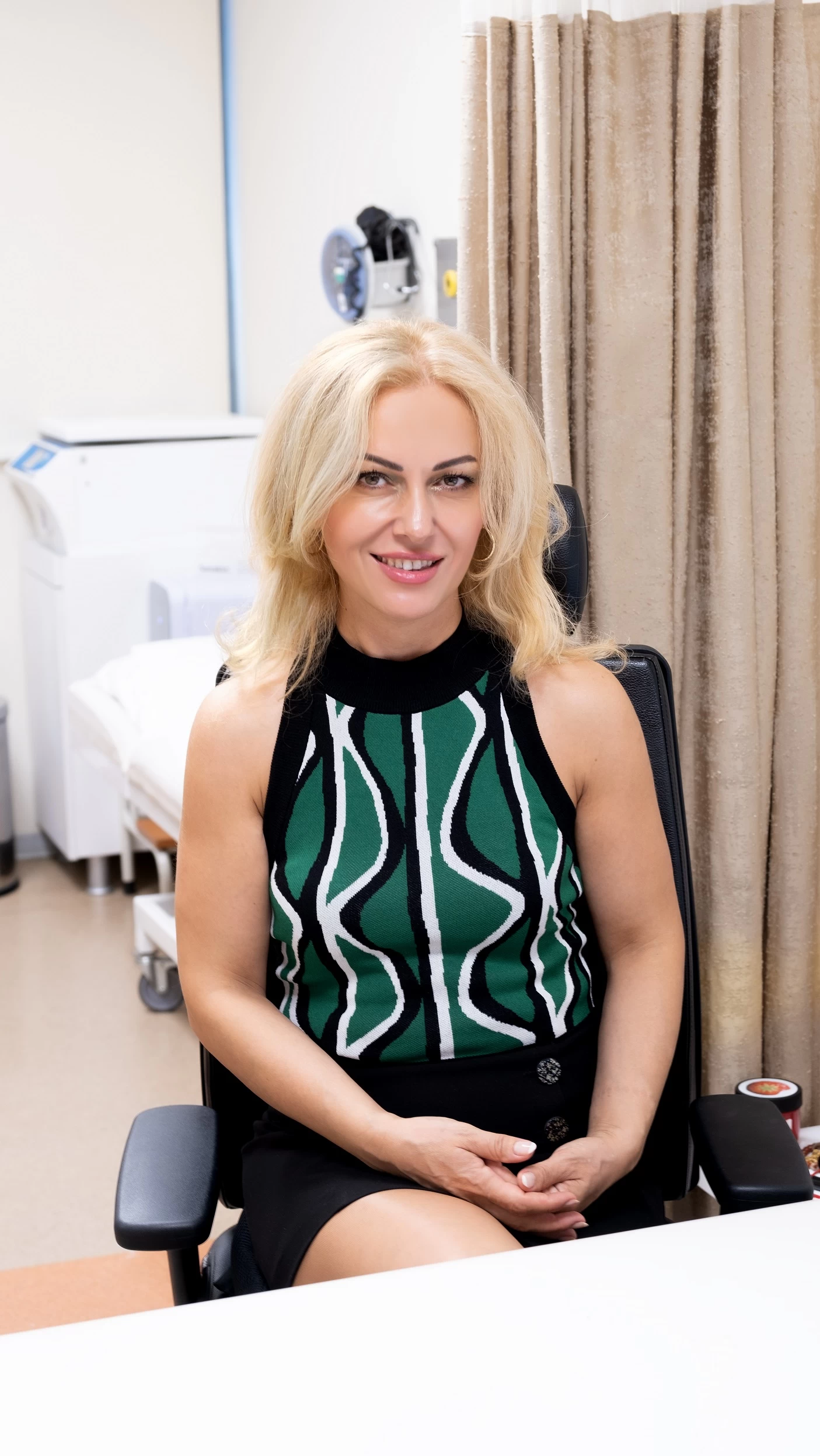
Dr. Öğr. Üyesi Elif Berber
Physical Therapy and Rehabilitation Specialist
